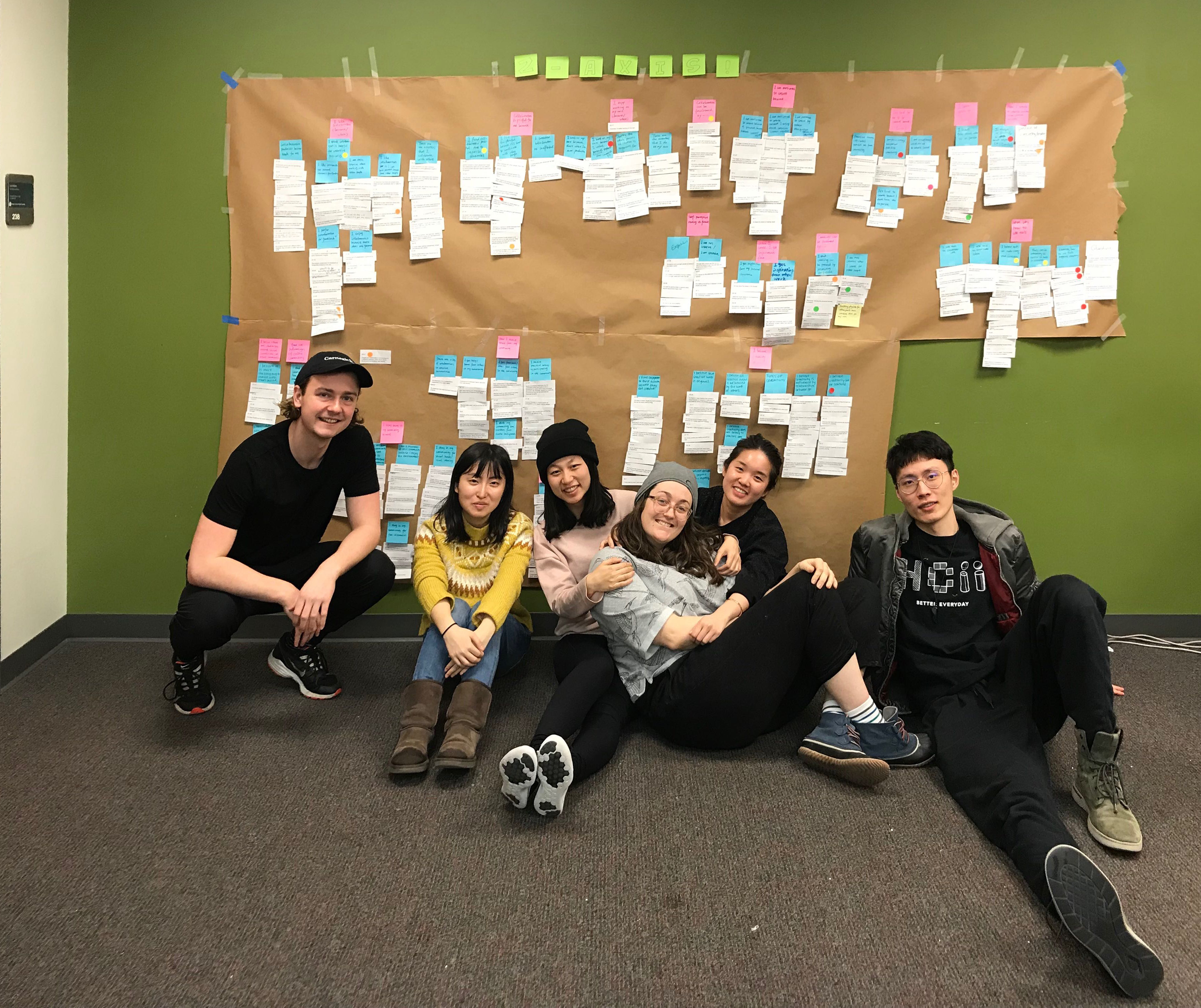01 Research Questions
Creativity through collaboration
As we began the project, it was important for us to better understand how collaboration could fit in here and whether or not it was, in fact, an ideal solution to the problem of creative blocks in everyday life. We narrowed down to three key research questions which would guide us as we moved forward with the project.
-
Creativity
What barriers exist that are preventing people from exploring creativity and how can we reduce these barriers?
-
Collaboration
Is collaboration the solution for creative blocks?
-
Community
What do creative communities look like and how does collaboration play a role in successful online communities?
02 BACKGROUND RESEARCH
Understanding the state of the art
After developing questions to guide our research, we worked to develop a better understanding of what was currently happening in the space of creativity and collaboration. We started out conducting background research around Zazzle’s current state, where they were headed, and a competitive analysis of other companies in the space.
Development of creative products/services
Throughout history, people have been creating tools and services to facilitate creativity. From traditional cameras to digital ones, and from Facebook to Instagram, people have more opportunities to express and share their creativity. We’ll discover next about how Zazzle might fit into this timeline and facilitate creativity in its unique ways.

Categories of competitors
We categorized companies related to Zazzle into three kinds.

Motivation to use
To understand how Zazzle might learn from these competitors, we categorized users’ motivation to use the competitor products into external and internal ones.









